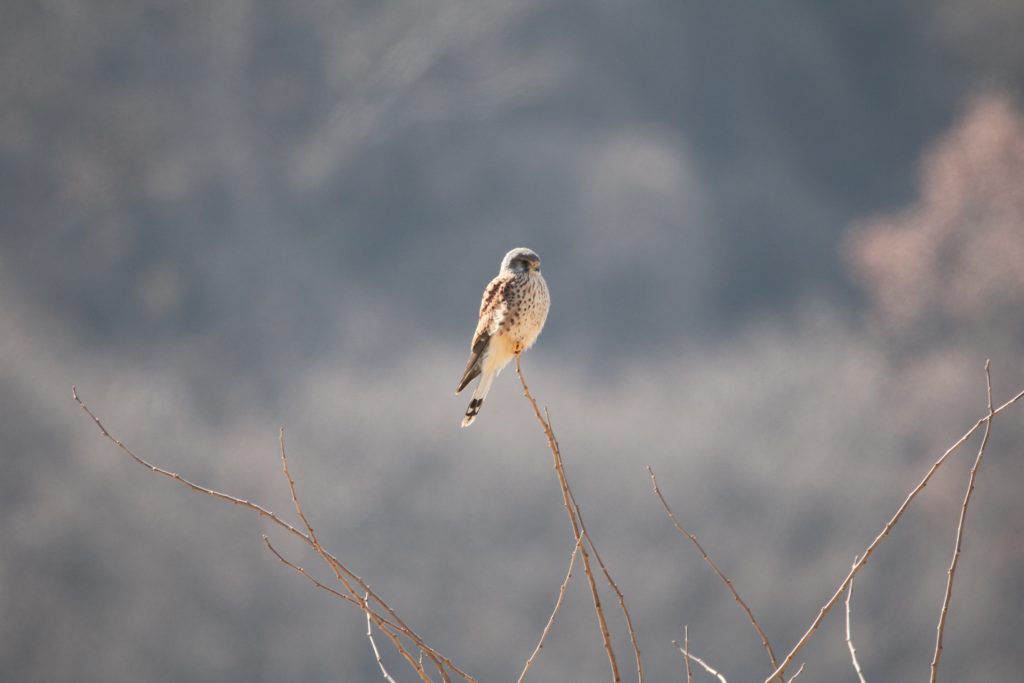
Nicole Flannigan
Originally written for Compass Education Group
It’s natural to assume that, where war exists, animal deaths and habitat destruction must follow. From crusaders chopping down Medieval forests to members of the Manhattan Project irradiating parts of the New Mexico desert, humans have frequently damaged the natural world in order to better vanquish foes. Ironically, then, it turns out that one of best chances of survival for a group of endangered species may lie in their colonizing one of the most hotly contested areas on the planet.
The Korean Demilitarized Done (DMZ) is a 155 mile strip of land that forms the border between North and South Korea. Established following the Korean War Armistice Agreement of 1953, the area is off-limits to people and riddled with landmines. Before the Korean War, much of the area was cultivated by local farmers, but during the 65 years since the DMZ was created, the local population has been unable to return home. Because nature abhors a vacuum, the area has reverted back to its unfarmed state and has become an unexpected refuge for wildlife in the process.
In the absence of human interference, the DMZ has become lush and green. Forests have regrown and low-lying areas have reverted to their previous wetland state. Though landmines and political tensions in the region prevent scientists from getting accurate, up-to-date counts of how many animals live there, South Korea’s Ministry of Environment has stated that the area is currently home to 5,097 plant and animal species, over a hundred of which are currently listed as endangered or protected. Many of these animals, like the red-crowned and white-napes cranes, can only be found in the region and would likely be extinct if not for the protections afforded by the DMZ.